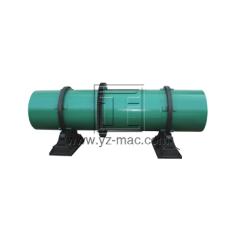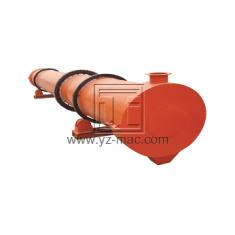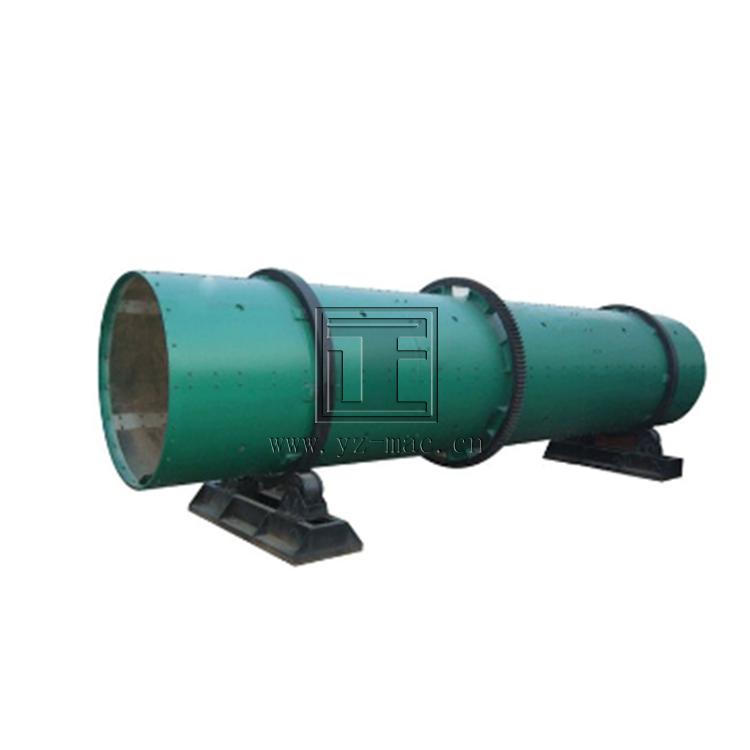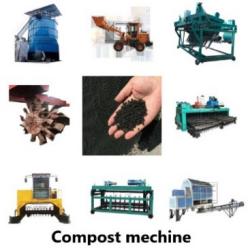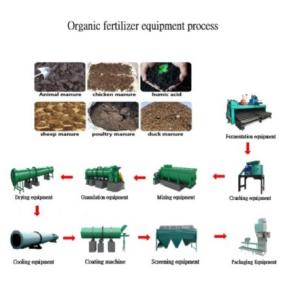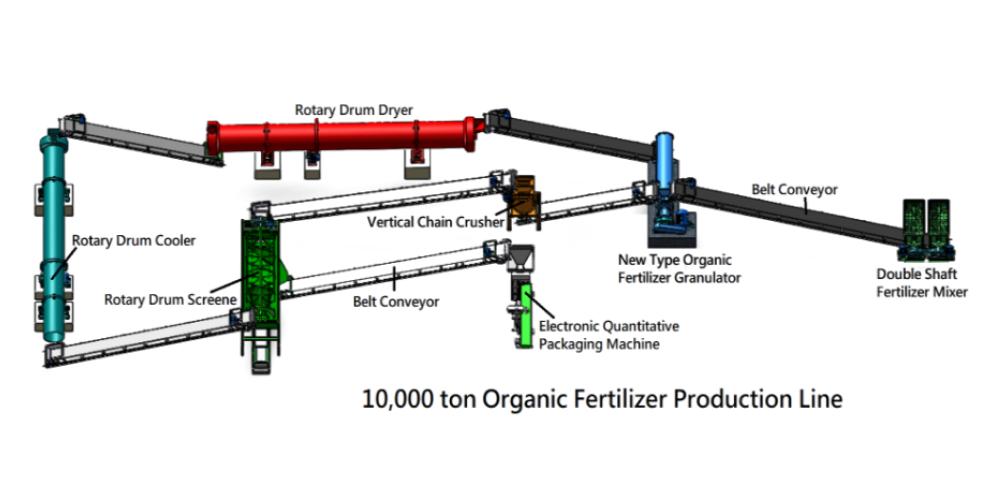equipment for fermentation
When it comes to fermentation, having the right equipment is essential for achieving optimal results. The proper equipment helps create a controlled environment that promotes the growth of beneficial microorganisms and ensures successful fermentation.
Fermentation Vessels:
Fermentation vessels, such as fermentation tanks or fermenters, are containers specifically designed for the fermentation process. They provide a controlled environment for microorganisms to convert organic substances into desired end products. Fermentation vessels can be made of stainless steel, glass, or food-grade plastic, and they come in various sizes to accommodate different fermentation volumes.
Airlocks and Fermentation Lids:
Airlocks and fermentation lids are used to create an airtight seal on fermentation vessels. They allow carbon dioxide, a byproduct of fermentation, to escape while preventing outside air and contaminants from entering. This maintains the anaerobic environment required for certain types of fermentation, such as lacto-fermentation or alcohol production.
Temperature Control Equipment:
Temperature control is crucial during fermentation to ensure optimal microbial activity. Equipment such as fermentation heaters, cooling jackets, or temperature-controlled rooms help maintain the desired temperature range for specific fermentation processes. Consistent and controlled temperatures promote the growth of desired microorganisms and prevent the development of undesirable ones.
pH Meters:
pH meters are used to measure the acidity or alkalinity of the fermentation medium. Monitoring and maintaining the pH within the appropriate range are important for the growth and activity of specific microorganisms involved in fermentation. pH adjustments can be made using food-grade acids or alkaline substances as needed.
Stirrers and Agitators:
Stirrers and agitators help mix and aerate the fermentation medium, ensuring even distribution of microorganisms, nutrients, and oxygen. These equipment promote efficient fermentation by preventing the formation of oxygen-deprived zones and facilitating the exchange of gases necessary for microbial growth.
Fermentation Monitoring Systems:
Fermentation monitoring systems, such as data loggers and sensors, allow for real-time monitoring of critical parameters like temperature, pH, dissolved oxygen, and biomass concentration. These systems provide valuable insights into the fermentation process, enabling timely adjustments and ensuring optimal fermentation conditions.
Filtration and Separation Equipment:
In some fermentation processes, the separation of solid particles or the removal of impurities is required. Filtration equipment, such as filter presses or membrane filters, help achieve efficient separation and clarification of the fermented product, ensuring a high-quality end result.
Harvesting and Storage Equipment:
Once fermentation is complete, equipment for harvesting and storage becomes necessary. This includes pumps, valves, and containers for transferring and storing the fermented product safely. Proper handling and storage equipment help maintain product integrity, prevent contamination, and extend shelf life.
Investing in the right equipment for fermentation is crucial for ensuring successful and efficient fermentation processes. Fermentation vessels, airlocks, temperature control equipment, pH meters, stirrers, fermentation monitoring systems, filtration equipment, and harvesting/storage equipment all contribute to creating an ideal fermentation environment.



